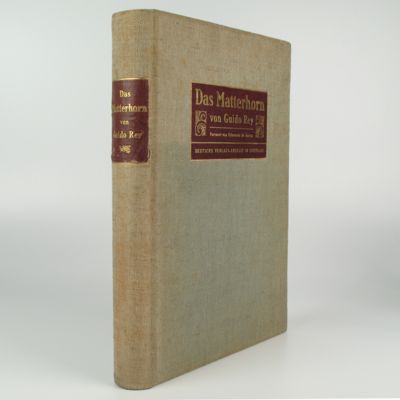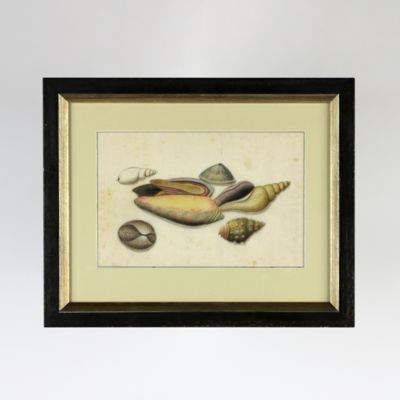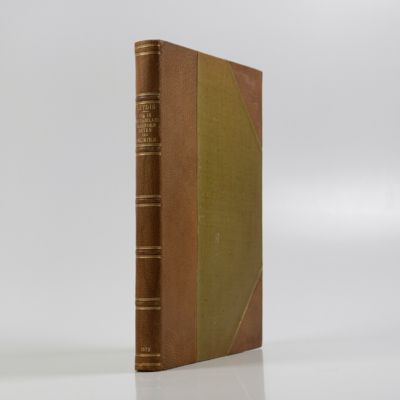Barruel, P. [L. E. A.]
Mésange azurée, Cyanistes cyanus. [Original watercolour].
[Unpublished], [ca. 1970]. Single sheet (24.9 x 18.2 cm). Original watercolour drawing with ink signature. Mounted on a larger sheet of dark blue paper (32.5 x 25.0 cm).
A beautiful original illustration by the French engineer, ornithologist and natural history painter Paul Louis Ernest Adrien Barruel (1901-1982). While being trained as an engineer, observation of nature became his passion and, in the 1930s, he filled sketchbooks with animals and plants out of desire to find the names of all species he encountered. He publishes his first note on ornithology in 1934. From then on, he travelled across France and abroad to observe and illustrate birds and other wildlife. Together with his wife he visited Morocco and Spain in 1936, Spain in 1936, Britanny and Algeria in 1937, the Camargue in 1940, etc., etc. It was during this period that he began to take an interest in watercolour, a technique that he quickly mastered and to which he remained faithful throughout his life, with only a few attempts at gouache and pastel. In 1942, he left his job as an engineer and decided to present his work at the Museum National d'Histore Naturelle in Paris where his drawings were favourably received by Jacques Berlioz, then deputy director of the Laboratory of Zoology of Mammals and Birds and himself a watercolourist. There he also met with the great French ornithologist Robert Daniel Etchecopar who, admiring his talent, became his friend and patron for forty years. Despite the difficult context, in particular for scientific activity, due to the WWII, he soon received assignments to write and illustrate several natural history books. The current plate shows an azure tit, a delicately blue and white coloured bird which occurs from Russia throughout the colder parts of Central Asia, northwest China, Manchuria, and Pakistan. Species name written on verso. Edges uncut, therefore, a bit rough. Margins reinforced on verso with brown paper, very slight toning, margin lighter due to former framing, otherwise fine.
![Mésange azurée, <em>Cyanistes cyanus</em>. [Original watercolour].](https://www.schierenberg.nl/media/cache/product_thumb/77494/77494_x.jpg)



![image for Herbier ou collection des plantes medicinales de la Chine d'après un manuscrit peint et unique qui se trouve dans la Bibliotheque de l'Empereur de la Chine, pour servir de suitte a la collection des fleurs qui se cultivent dans les Jardins de la Chine et de l'Europe. [AND] Collection précieuse et enluminée des fleurs plus belles et les plus curieuses qui se cultivent tant dans les jardins de la Chine, que dans ceux d'Europe, dirigée par le soince et sous la conduittes de Mr. Buc'hoz. Ouvrage egalement utile aux naturalistes, aux fleuristes, aux peintres, aux dessinateurs, aux directeurs des manufactures en porcelaine, en fayance et en etoffes de soye, de laine, de coton et autres artistes. Pour servir de Suite à l'Histoire naturelle et Oeconomique des 3. regnes de la nature. Partie II. Plantes les plus belles qui se cultivent dans les jardins de l'Europe.](https://www.schierenberg.nl/media/cache/product_thumb/76888/76888_x.jpg)



